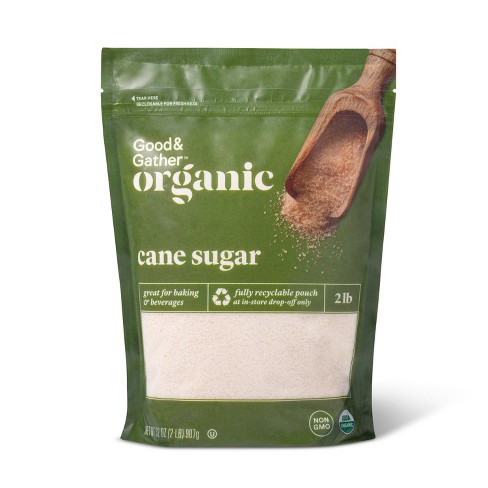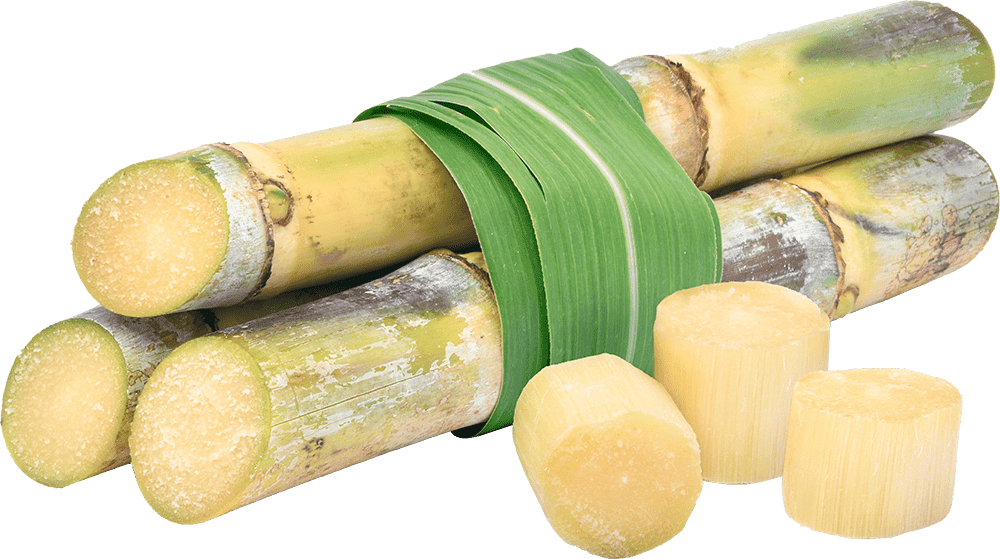The Trip of Cane Sugar Processing: From Harvest to Crystals
Wiki Article
A Thorough Overview to the Ecological Effect and Sustainability Practices in Cane Sugar Processing
The environmental impact of walking stick sugar handling presents a complex array of difficulties that warrant cautious exam. From dirt destruction and excessive water usage to the carbon footprint associated with cultivation and production, the consequences of traditional practices are far-ranging. What particular methods can be carried out to strike a balance between productivity and environmental stewardship?Review of Walking Cane Sugar Handling
Cane sugar processing entails a collection of organized steps that transform sugarcane right into polished sugar. At first, harvested sugarcane is moved to refining facilities, where it undergoes cleansing to eliminate soil and debris. Following this, the walking stick is crushed to remove juice, which is after that clarified by getting rid of contaminations through home heating and the enhancement of lime.The cleared up juice undertakes dissipation, where water is removed to focus the sugar material. This concentrated syrup is after that crystallized through air conditioning, enabling sugar crystals to create. These crystals are separated from the remaining syrup utilizing centrifugation, resulting in raw sugar. To attain refined sugar, the raw product undertakes further filtration processes, which might include cleaning and filtering to eliminate remaining impurities and shade.
The final item is after that dried out and packaged for distribution. Throughout this whole process, preserving performance and quality assurance is vital to ensure the sugar satisfies sector standards. Each action in walking cane sugar handling not only contributes to the last product however additionally has implications for resource use and waste generation, setting the phase for conversations on sustainability and ecological effects related to sugar production.
Environmental Challenges of Production
The production of walking cane sugar presents several substantial ecological challenges that warrant attention. One main problem is the comprehensive use agrochemicals, consisting of plant foods and pesticides, which can bring about dirt degradation, biodiversity loss, and contamination of local water resources. The drainage from sugarcane areas typically carries these chemicals into nearby ecological communities, disrupting aquatic life and impacting the health and wellness of areas reliant on these water bodies.An additional challenge is the high power usage connected with sugarcane handling. The boiling and refining phases need substantial heat, primarily generated by melting nonrenewable fuel sources, adding to greenhouse gas discharges. Furthermore, the expansive land location needed for sugarcane growing can bring about logging and habitat destruction, more worsening climate change and harmful wild animals.
Additionally, the labor methods in some areas elevate ethical issues, as workers might deal with bad working problems and insufficient salaries. This scenario often bolsters a cycle of poverty in neighborhood areas. Cane Sugar Processing. Resolving these environmental obstacles is vital for developing extra sustainable techniques in cane sugar manufacturing, ultimately profiting both the environment and the areas associated with this sector
Water and Land Use Effect
Water sources and land usage are crucial parts in the cane sugar sector that considerably affect the setting. The cultivation of sugarcane needs substantial water input, with price quotes suggesting that it can eat up to 2,000 liters of water per kilo of sugar generated. This intensive use water usually causes deficiency of local water sources, impacting not only the sugarcane haciendas yet additionally bordering environments and areas that depend on the same water sources for farming and residential usage.
Moreover, land usage for sugarcane farming can result in deforestation and the conversion of natural environments into monoculture haciendas. This practice diminishes biodiversity, disrupts local environments, and adds to soil deterioration. The growth of sugarcane areas usually encroaches on valuable farming land, developing competitors for sources between food and biofuel production.
Sustainable techniques, such as maximizing watering methods and executing crop rotation, are important to mitigate these influences. By taking on a lot more efficient water usage and land management approaches, the walking cane sugar market can decrease its ecological impact, making certain an equilibrium between farming efficiency and ecological preservation.
Greenhouse Gas Emissions
Greenhouse gas exhausts represent a significant ecological worry within the cane sugar handling market, especially as agricultural techniques broaden to meet international demand. The farming of sugarcane, a crop that prospers in tropical environments, relies heavily on synthetic fertilizers and chemicals, which contribute to laughing gas discharges. In addition, land-use modifications, consisting of deforestation for brand-new sugarcane ranches, launch carbon dioxide saved like it in vegetation and dirt.During processing, energy usage is an additional significant resource of greenhouse gas exhausts - Cane Sugar Processing. Many sugar mills utilize nonrenewable fuel sources to power machinery and generate heat, leading to significant carbon footprints. Moreover, the transport of raw sugarcane and completed items includes layers of discharges with fuel combustion in cars
The collective impact of these discharges worsens environment modification, positioning dangers not only to the environment but likewise to the lasting stability of the sector. Stakeholders have to identify the immediate requirement for extensive strategies that address these exhausts. This entails examining current agricultural methods, refining methods, and transport systems to determine locations for improvement and mitigation. Attending to greenhouse gas exhausts is essential for cultivating a much more lasting walking cane sugar sector in an altering environment.

Sustainable Practices and Innovations
Lasting methods and innovations are progressively vital in the walking stick sugar handling market as stakeholders look for to decrease ecological impacts while keeping productivity. One substantial advancement is the application of incorporated crop administration, which maximizes resource use by incorporating soil administration, bug control, and plant rotation methods. This strategy enhances yield while lessening chemical inputs and preserving soil health and wellness.In addition, the adoption of renewable resource resources, such as biomass from sugarcane click here to read deposits, has actually gotten grip - Cane Sugar Processing. By transforming waste items right into power, processing facilities can decrease their reliance on nonrenewable fuel sources, therefore decreasing greenhouse gas emissions
Water monitoring techniques have actually also seen improvements through the recycling and reusing of water in processing plants, substantially minimizing freshwater intake. Technologies in technology, such as accuracy farming, make it possible for farmers to check plant wellness and source usage a lot more properly, making certain lasting growing techniques.
In addition, qualification programs like Fair Profession and Jungle Partnership motivate environmentally responsible farming techniques and advertise social equity within the supply chain. By accepting these sustainable practices and innovations, the walking cane sugar handling industry can enhance its resilience and contribute favorably to ecological stewardship.
Conclusion
The ecological effect of walking stick sugar processing offers considerable challenges, consisting of dirt degradation, high water intake, and greenhouse gas discharges, alongside moral worries connected to labor practices. Resolving these problems via sustainable practices, such as incorporated crop monitoring, renewable resource fostering, and water recycling, is vital. By promoting socially equitable and eco responsible approaches in sugar production, the market can mitigate its damaging impacts, making certain a much more sustainable future for both ecological communities and communities entailed in this sector.Walking stick sugar handling involves a collection of organized steps that change sugarcane right into refined sugar. Each action in walking stick sugar handling not only adds to the final product however additionally has ramifications for source use and waste generation, setting the phase for discussions on sustainability and ecological effects connected with sugar manufacturing.
Greenhouse gas discharges stand for a significant environmental worry within the walking cane sugar processing industry, especially as agricultural practices broaden to satisfy international need.Lasting techniques and innovations are progressively crucial in the walking cane sugar handling sector as stakeholders look for to lower ecological influences while keeping performance.The ecological influence of walking cane sugar handling provides go to website considerable difficulties, including soil degradation, high water consumption, and greenhouse gas emissions, along with honest worries associated to labor methods.
Report this wiki page